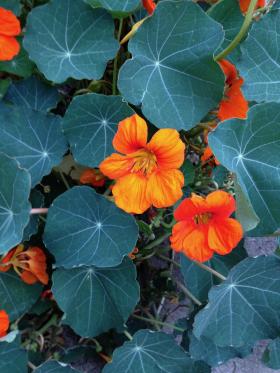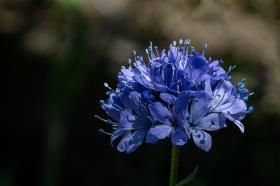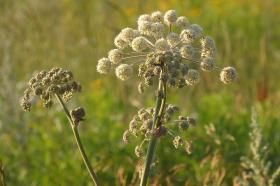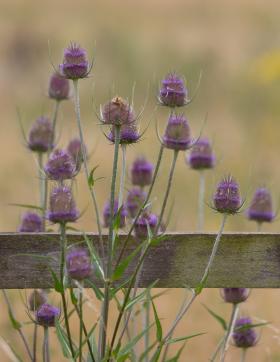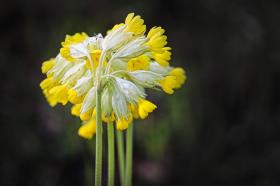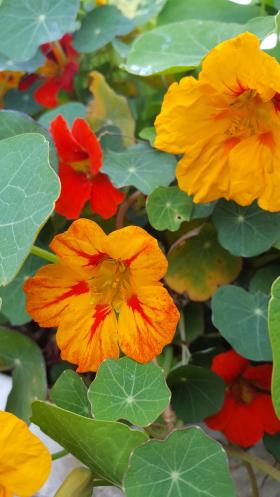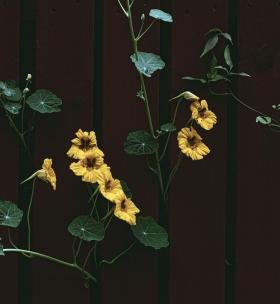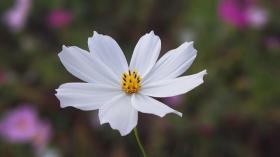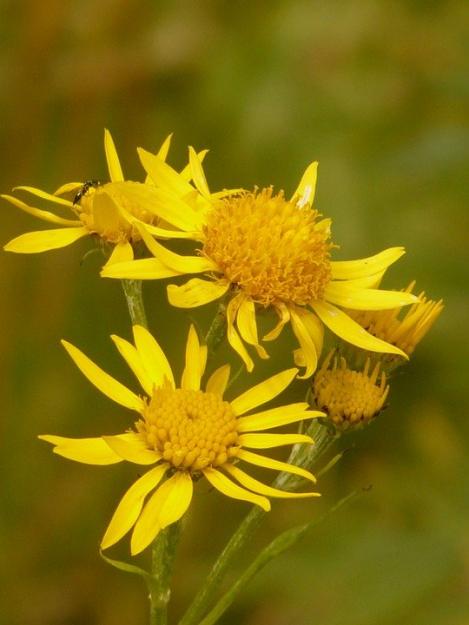
ARNICA MONTANA, organic seeds
Arnica montana
Old medicinal herb, protected species. Wiith its attractive, golden yellow flower heads, is a striking addition for every sunny flower bed. Biodynamic Demeter seeds.Arnica needs a thin, porous, sour, humus-rich soil with a low lime content. It flowers from its second year. Its natural appearance makes it blend well in natural and cottage gardens.
Bees and insects like it!
Type:
Perennial herbaceous plant
Height:
30–60 cm (12–24 inches)
Hardiness zones:
USDA zones 4–9
Native range:
Mountainous regions of Europe
Soil:
Prefers light, well-drained, slightly acidic to neutral soil (pH 6.0–7.0)
Avoid heavy or clayey soils, which retain too much moisture
Light:
Needs full sun to light shade
Best flowering occurs in sunny locations
Sowing:
Seeds require cold stratification to germinate
Simulate natural winter by placing seeds in moist sand or peat in the fridge for 3–6 weeks before sowing
Sow in early spring or autumn, either indoors or directly outdoors after cold treatment
Do not cover seeds deeply – they need light to germinate
Germination time: 2–4 weeks, sometimes longer
Spacing:
Space plants about 30 cm (12 inches) apart
Watering:
Keep soil moist but not soggy, especially during seedling stage
Once established, arnica is somewhat drought tolerant
Fertilization:
Avoid excessive nitrogen – it reduces flowering
Add compost or a balanced organic fertilizer before planting if needed
Care:
Mulch around plants to retain moisture and suppress weeds
Remove spent flowers to encourage continued blooming
Divide clumps every few years in early spring to maintain vigor
Harvesting:
Flowers are harvested at full bloom for medicinal use
Best harvested on dry, sunny days
Dry gently in shade with good airflow
Note:
Arnica montana does not tolerate transplantation well, especially once mature – it prefers being sown directly or transplanted carefully as young seedlings.
Interesting facts:
Native to mountain regions of Europe and sometimes called "mountain daisy" or "wolf's bane".
Recognizable by its bright yellow-orange daisy-like flowers and strong scent.
A historically valued herb, cultivated in monastic gardens since the Middle Ages.
Wild arnica populations are declining and are protected in many countries, including Estonia.
It reproduces by seeds and rhizome division, but seed germination is notoriously difficult and slow.
Uses in folk medicine and natural remedies:
Used externally only – internal use is toxic.
Flower extracts are made into ointments, creams, and tinctures for:
relieving muscle soreness and bruises
reducing swelling and sprains
anti-inflammatory and mild pain-relieving effects (e.g., for arthritis)
Used in homeopathy in highly diluted forms, but only under supervision.
Commonly found in natural sports balms, massage oils, and first-aid herbal creams.
Packet 20 seeds

